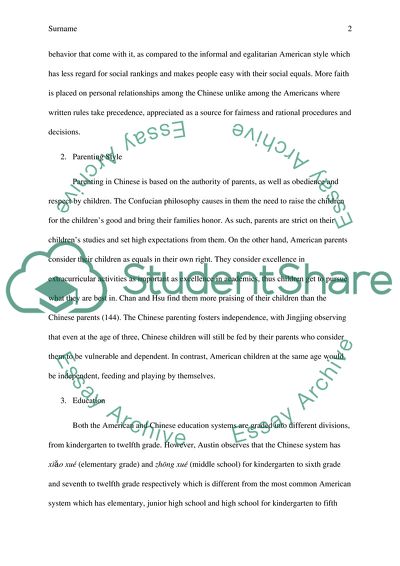Cite this document
(The Difference between Chinese and American Culture Coursework, n.d.)
The Difference between Chinese and American Culture Coursework. https://studentshare.org/culture/1873960-term-reflection
The Difference between Chinese and American Culture Coursework. https://studentshare.org/culture/1873960-term-reflection
(The Difference Between Chinese and American Culture Coursework)
The Difference Between Chinese and American Culture Coursework. https://studentshare.org/culture/1873960-term-reflection.
The Difference Between Chinese and American Culture Coursework. https://studentshare.org/culture/1873960-term-reflection.
“The Difference Between Chinese and American Culture Coursework”. https://studentshare.org/culture/1873960-term-reflection.


